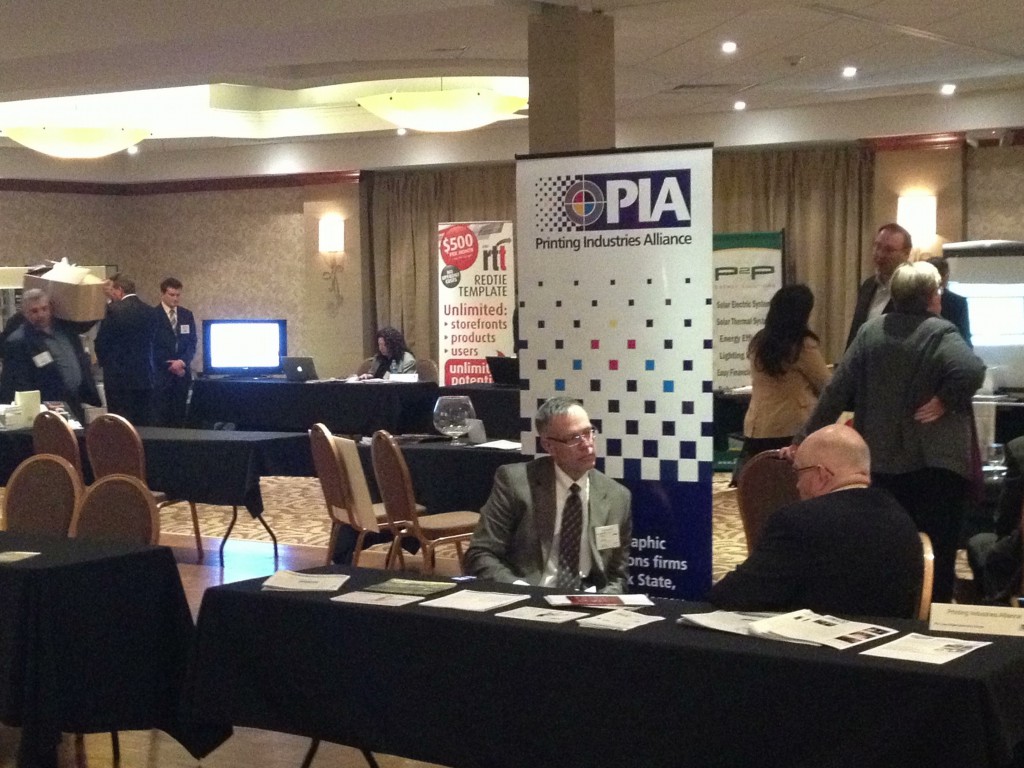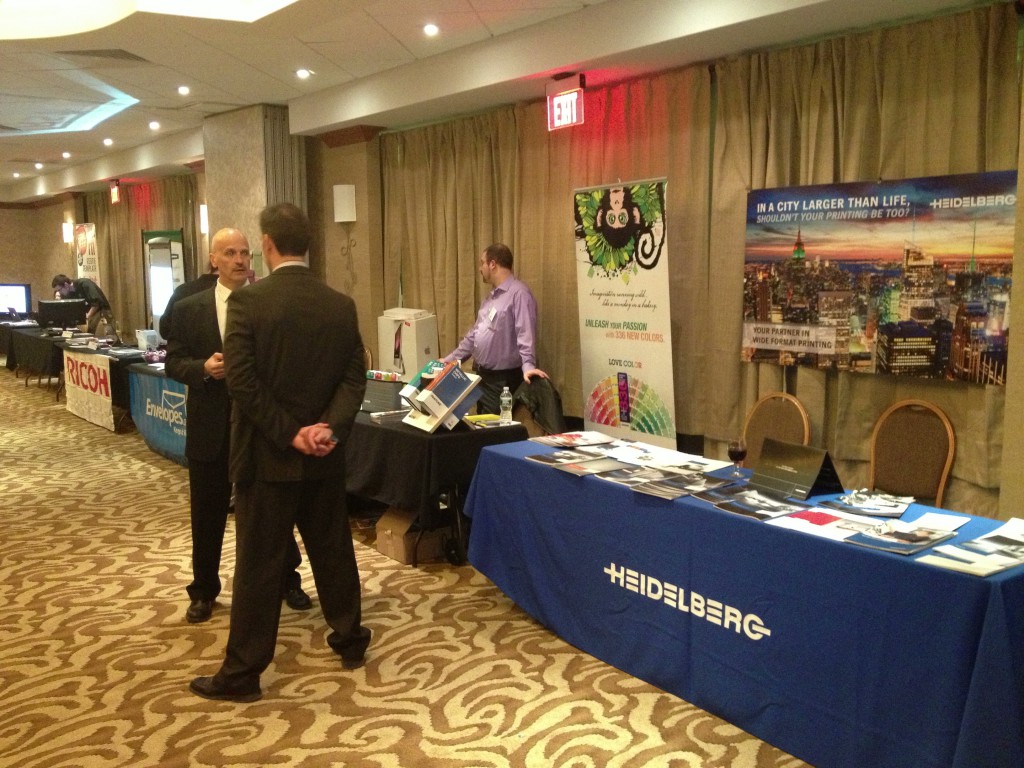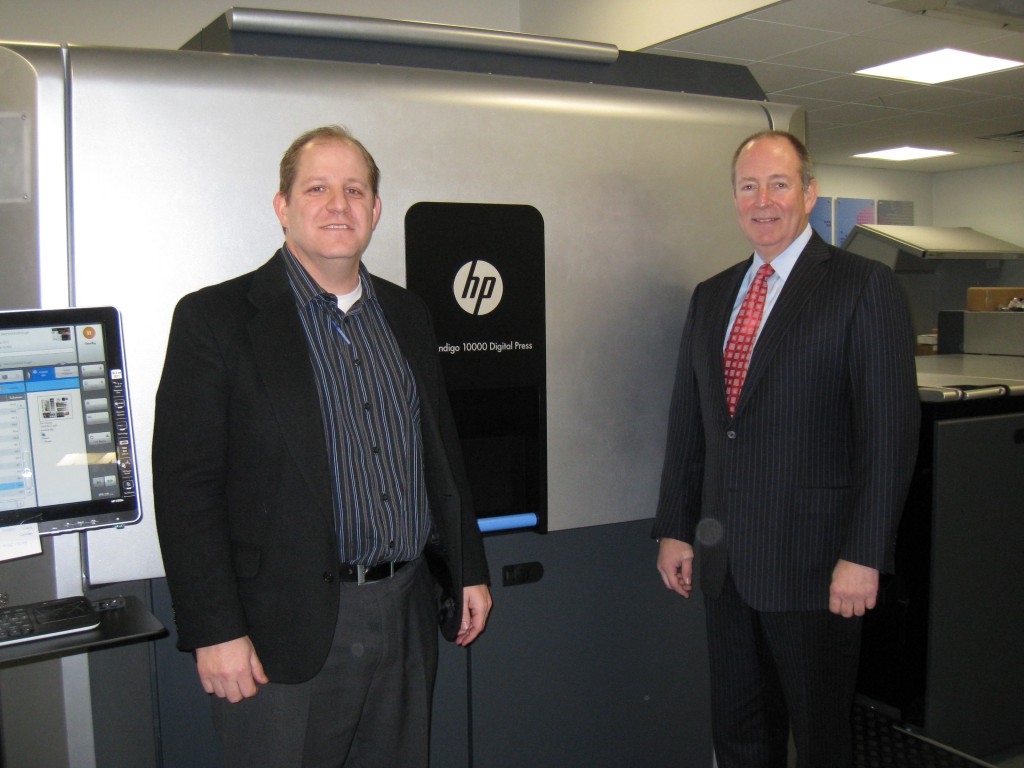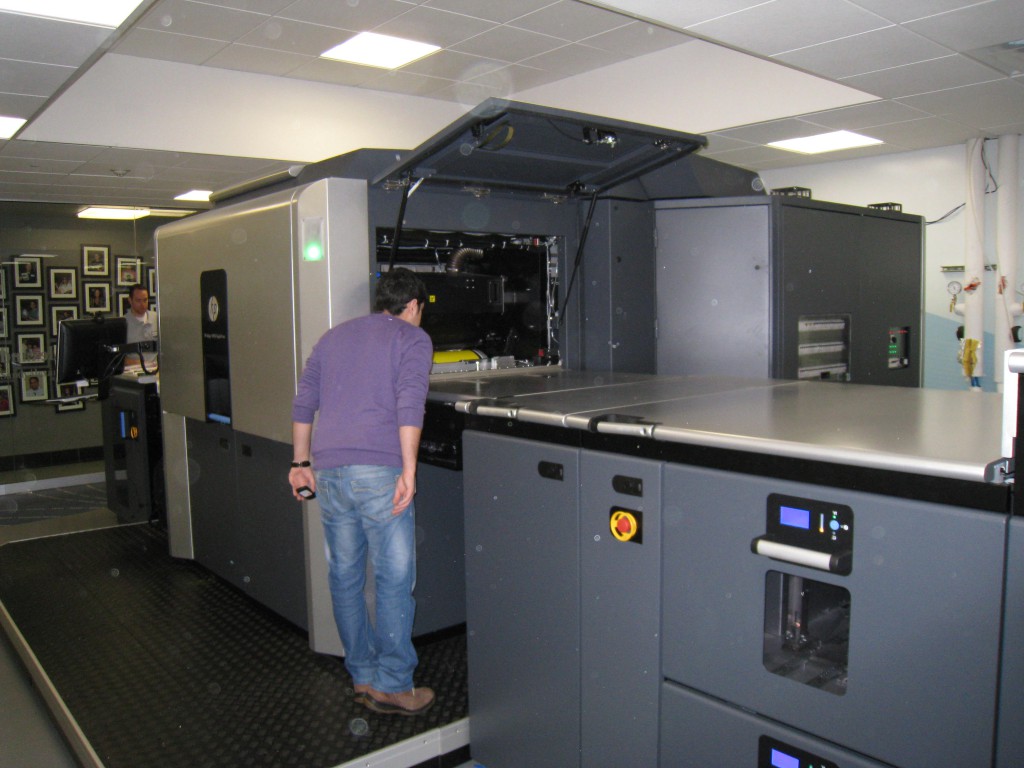Gamma Chapter of Gamma Epsilon Tau, the national graphic arts honor society, will honor Mike Connors and Frank Romano at its 2013 Gold Key Awards ceremony in New York City on May 29.
The Gamma Gold Key Award will be presented to Mike Connors, Managing Director, Production Department, The New York Times. Starting his career with the newspaper in 1976 as a mailroom feeder, he became a member of the department’s management team in 1984 and went on to run it from 1998 to 2004. That year, he became Deputy Plant Manager, and in 2008, he was promoted to his current position.
Connors is being recognized by Gamma Chapter for his steadfast support of industry education. As coordinator of Diversity Events at The Times production plant in College Point, Queens, he directs the mentoring program with the Queens Satellite High School for Opportunity and also supports the GED Plus Program in the Bronx. He is an active member of the industry advisory commission to the High School of Graphic Communication Arts and the New York City Department of Education’s CTE (Career and Technical Education) program.
In March 2012, Connors partnered with PENCIL as the career development business partner for the GED Plus program, which aims at inspiring innovation and greater student achievement by partnering business leaders with public schools. He also helped to initiate a paid student intern program at The Times College Point facility, where he organizes the annual golf fundraiser. In its fifth year, the event will provide $30,000 for programs assisting learning and physically challenged children at PS 107, the Hour Children Program, St. Mary’s Hospital, and The Catherine McCauley Center.
Connors holds a BS in management and an MBA from St. Peter’s University, where he is a member of the adjunct faculty.
The Founders Gold Medal & Citation Award will be presented to Frank Romano, Professor Emeritus at Rochester Institute of Technology (RIT). After a career spanning 54 years in printing and publishing, he arguably is the most widely known and highly regarded of all specialists in graphic communications.
Many in the industry know him as the editor of International Paper’s Pocket Pal series for 30 years or have read one of the thousands of articles he has written. He is the author of 53 books including the 10,000-term Encyclopedia of Graphic Communications (with Richard Romano), the standard reference work in the field. He also is a consultant and an editorial contributor to WhatTheyThink, the industry’s foremost online news and information service.
Romano lectures extensively around the world and was the principal researcher on “Printing in the Age of the Web and Beyond,” a landmark study for the Electronic Document Scholarship Foundation (EDSF). He has been quoted in many newspapers and publications as well as on television and radio. He appeared on the PBS program History Detectives and serves as president of the Museum of Printing in North Andover, MA. As a forensic typographer, he has been an expert witness in legal cases concerning forgery, most recently in a case involving Facebook.
Gamma Epsilon Tau is a national, coeducational, collegiate printing fraternity in which students of printing and publishing can meet and interact in a professional and social atmosphere. It has eight chapters at colleges and universities that offer degree programs in graphic communications.
Gamma Chapter of Gamma Epsilon Tau is located at the Department of Advertising and Graphic Design (ADGA) of New York City College of Technology, part of the City University of New York. Gold Key honorees in recent years include Vicki Keenan, Bob Sacks, Annette Wolf Bensen, Michael Cunningham, Florence Jackson, Diane Romano, and Russell K. Hotzler.
The 2013 Gold Key Awards dinner will be held on Wednesday, May 29 at Club 101, 101 Park Avenue, New York City. For more information or to purchase tickets, contact ADGA Prof. Frank Adae at (718) 260-5833 or by e-mail: fadae@citytech.cuny.edu








